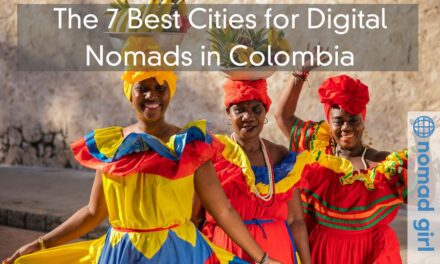Brazil may not be the most visited country in South America for travellers but it is certainly not without its charms. While you can only dream of covering even half of Brazil’s huge landmass, travelling here offers a variety of landscapes and cultures befitting of any curious adventurer. From the pretty colonial villages that dot the coastline to the mass of Amazon rainforest engulfing the countries western half, there’s no shortage of things to do here.
Many people fly into the major cities of Sao Paulo or Rio de Janeiro to the east of the country before travelling along the coastline. After that, there is plenty to consider on the interior of Brazil from the Amazon rainforest to natural wonders like Iguazu Falls.
As with any country, travelling somewhere can be daunting especially if it is very far removed from your own culture. Here is absolutely everything you should know to make your trip to Brazil as seamless as possible.
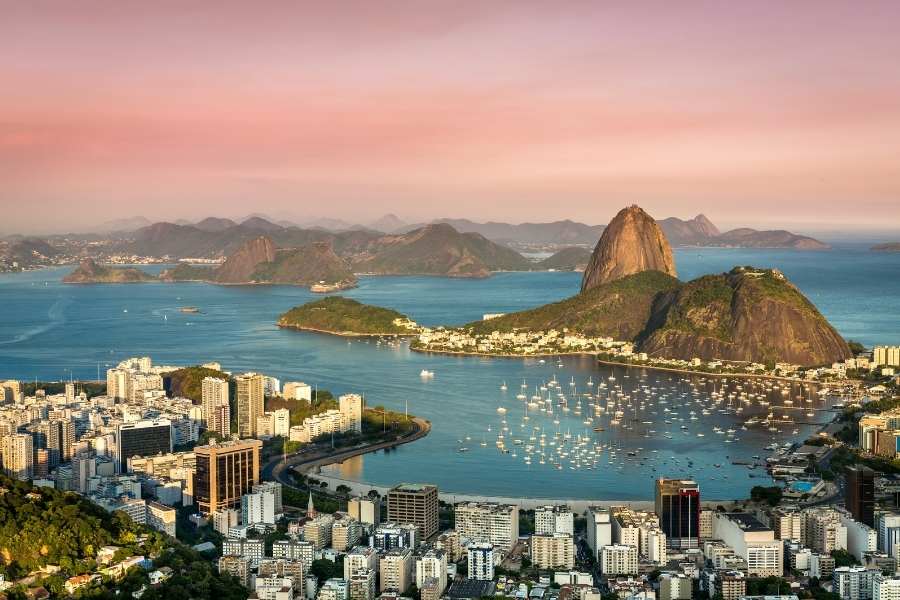
1 – Where to go
Sao Paulo is often overlooked as an administrative and industrial city with many visitors skipping it to head straight to Rio de Janeiro, located five hours north of the city.
However, this is an up and coming city with an abundance of trendy neighbourhoods, small tree-lined avenues nestled under looming skyscrapers, and examples of some of the best street art in the country.
Heading north along the coast, a visit to the stunning colonial town of Paraty is worth your while before venturing to the beautiful Isla Grande by ferry boat for a few days of island paradise.
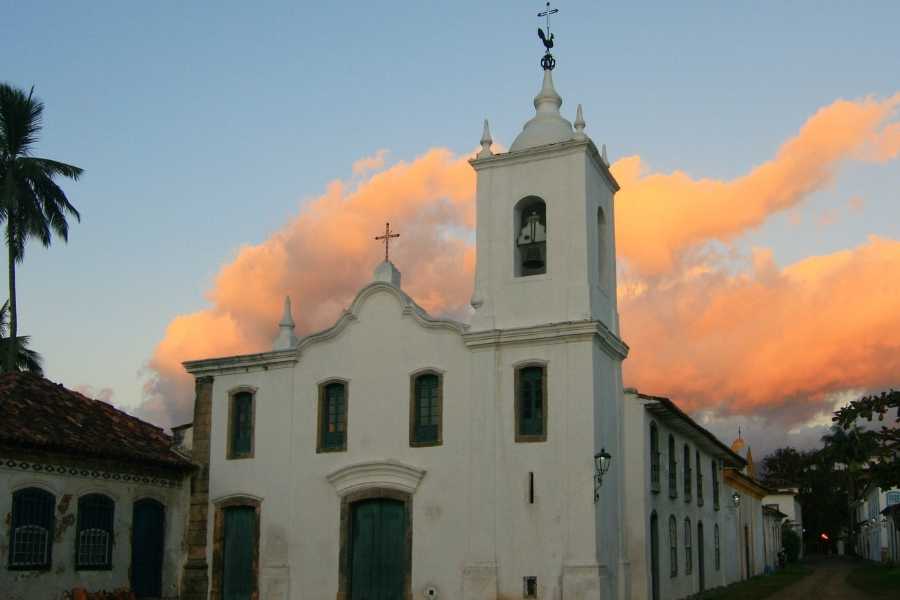
Next, it’s on to the chaotic but thrilling Rio de Janeiro to enjoy the Sugarloaf Mountain, Copacabana beach, and of course a trek to Christ the Redeemer himself.

Heading north again, you can take a trip to the pretty city of Florianopolis to enjoy breathtaking architecture, an abundance of culture, and a very pretty beach.
From here you can decide whether you would like to take a tour into the Amazon by flight or take another flight to Iguaçu to see the infamous falls.


2 – What’s The Currency
The local currency is the Brazilian Real. Any amount in Real can be divided by four for a rough estimate of what this will cost in euros and dollars or divide by 5 to get British pounds (for example $100 BRL is about €25, $26 USD or £20 GBP).
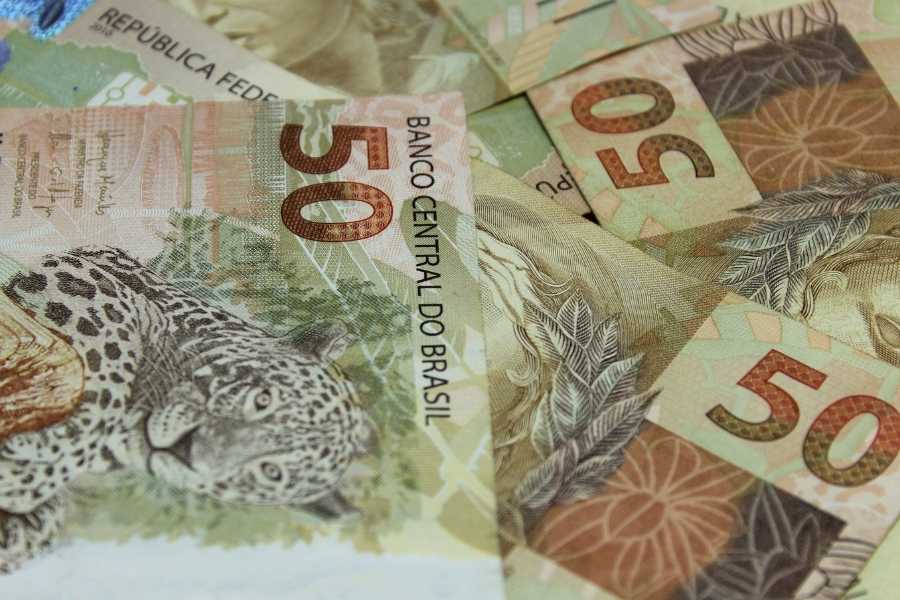
The only type of ATM that works for most European and foreign cards is Banco 24 Horas. They are generally easy to find in most cities but for visiting smaller locations, it is best to have cash on hand (especially places like Isla Grande, an island that has zero ATMS).
You are also charged on each transaction so make sure to take out as much as you can from the ATM each time.
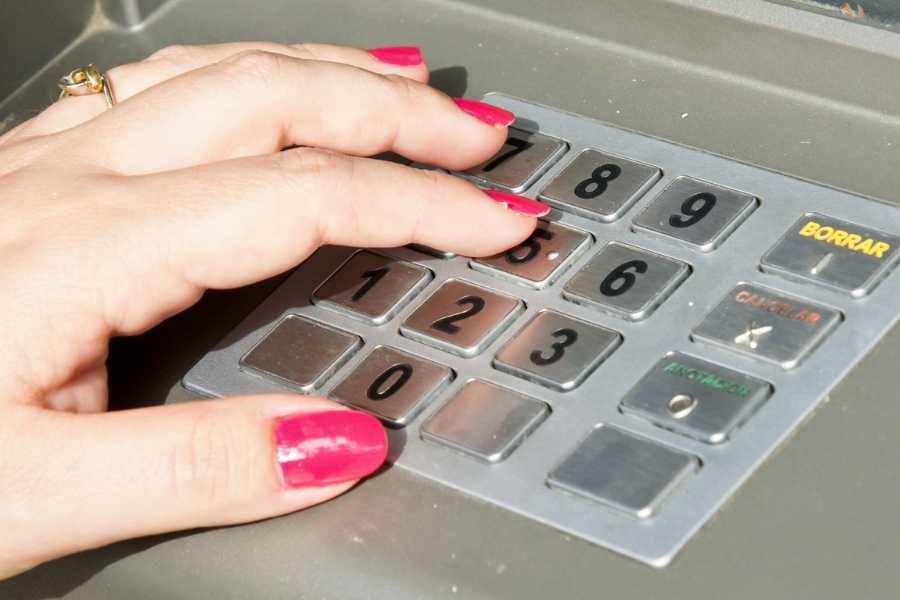
3 – Where To Stay
There are plenty of hostels in Brazil if you are on a budget or planning to a backpack but they tend to vary in quality and price. You can expect to pay on average $12-16 USD per night for a decent bed in a hostel dorm.
Sometimes, you can get even cheaper but you may be compromising on quality here and in Brazil, this is simply not worth it.
Hotel rooms also vary but you can get accommodation in budget hotels for about $30 USD a night. For a really nice room, you would be looking at $100 (we’re talking a five-star hotel in Rio de Janeiro here so actually not so bad when you think about it!).
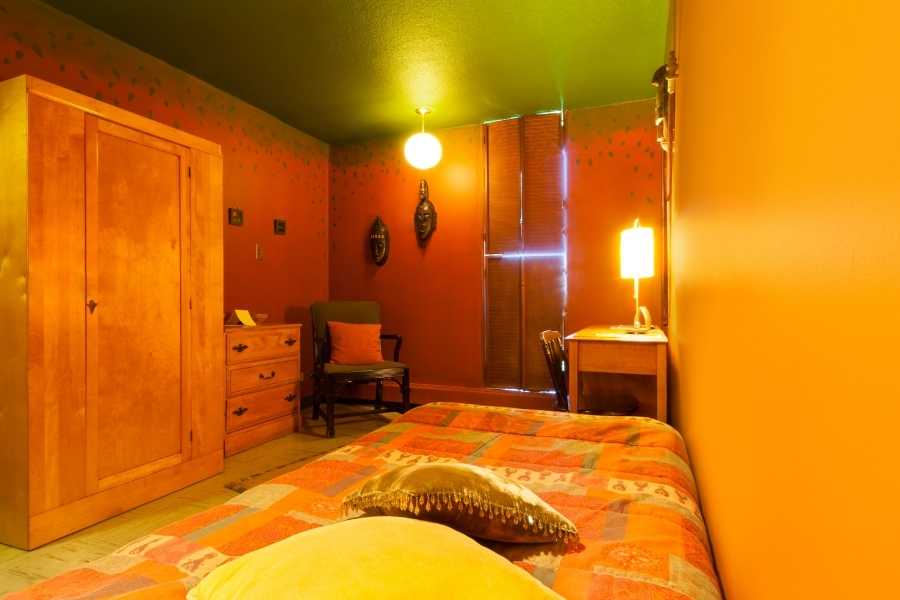
4 – What Language Is Spoken
It took us two days upon landing in Sao Paulo to figure out what language was spoken there. We knew it was Portuguese but after being greeted by a chorus of “hola” and “ciao” and even a ‘bonjour’ by an enthusiastic Uber driver, we didn’t know whether we should be saying ‘gracias’, ‘obrigada’ or even, ‘merci beaucoup.’
But this only exemplifies the bustling cultural hub that is Brazil. But of course, the official language is Portuguese and most locals only have this language. The second most spoken language is Spanish and then English. It’s definitely a necessity to have the basics of Portuguese down while travelling here.
While many locals don’t have English, they are extremely helpful and in general, very pleased to see foreigners travelling and spending money in their country. So if local strikes up a conversation with you, be sure to listen and try to communicate back. You never know what could happen.
5 – Is It Safe?
As with every in a South American country, you must be diligent in terms of safety. In general, we felt quite safe in Brazil and were very lucky to have nothing taken from us.
The one place where we did feel slightly more at risk was, of course, Rio de Janeiro. Having been in a scenario where I was nearly mugged (but thankfully warned by some kind of locals before it happened), you simply need to be constantly on your guard in this city.
Looking like a foreigner already puts you at higher risk than everyone else. Do not go out at night alone and do not walk down dimly lit streets or laneways. It is best to stick to areas you know well in the evening too.
At all times, be careful to have your valuables hidden and don’t wear jewellery or anything that might attract unwanted attention.
Having said all this, do not let these descriptions put you off what is truly a great city.
6 – What To Eat?
Finding ‘authentic’ Brazilian cuisine can be a challenge and you will find yourself eating a lot of pizza (which is cheap and delicious as most restaurants use wood-fire ovens).
Unfortunately, Brazil is not exactly known for its outstanding cuisine but you will still find great grub and a great variety of foods in the cities.
Brazilian ‘cuisine’ tends to be a plain meat or fish dish with rice, salad, and a bean soup/ stew. Brazilian ‘bakeries’ are also extremely popular and specialise in delicious freshly-baked cheese and meat bread.
Perhaps one of Brazil’s most famous culinary exports is the Acai bowl, though they do not come like the fancy bowls you might have had at home.
In Brazil, the Acai bowls are a bit rough around the edges and not very healthy (but of course delicious and must be tried). The Acai comes as a frozen sorbet and is generally topped with granola, fruits, and a white sugar sauce. Yum!

7 – How To Get Around In Brazil?
The standard of buses in Brazil are generally high but can be pricey and take a long time to get from one place to another. Always compare with national flights for a good deal and to save a lot of time.
Uber is your friend in Brazil and is always much cheaper than local taxis (and in general a bit safer). This will only work in major areas such as cities and larger towns so prepare to do a lot of walking everywhere else (or risk the crazy driving of the local taxis).




